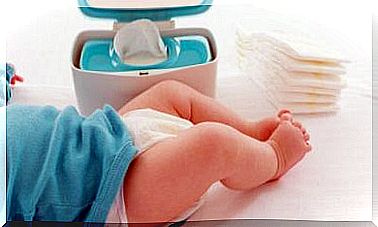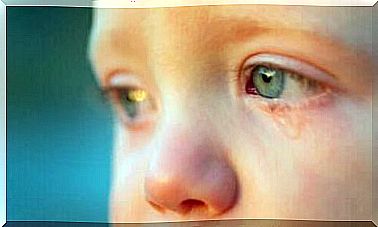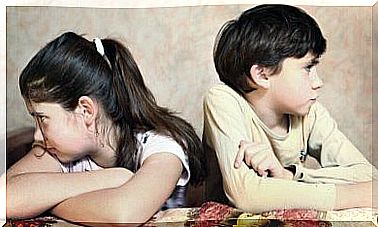Patau’s Syndrome In Infants: Causes, Symptoms And Treatment
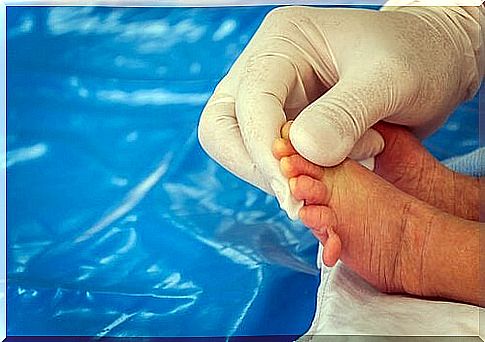
Patau’s syndrome is a genetic change that results in an extra chromosome. This anomaly occurs in the uterus when a problem occurs during cell division.
This syndrome, also known as trisomy 13, was discovered by geneticist Klaus Patau in 1960. Statistics show that 1 in 10,000 babies is born with Patau’s syndrome.
Human cells consist of 46 chromosomes. Infants with trisomy have a total of 47 chromosomes. This change can give rise to significant malformations.
Anomalies caused by Patau’s syndrome
Patau’s syndrome can occur either completely or partially. The severity affects the child’s life expectancy and the degree of malformations. The syndrome can cause the following:
- Deviations in the genitals.
- Severe mental retardation.
- Kidney cysts.
- Malposition of internal organs (the heart can be on the right side of the body instead of on the left).
- Inguinal or umbilical hernia.
- Cleft lip and palate.
- Malformation of the brain and heart.
- Malformations in hands, ears and legs.
- Small eyes that sit close together.
- Extra fingers or toes.
- Visual disturbances as well as hearing problems, sleep apnea and seizures.
Although the syndrome is not hereditary, it is more likely to affect children whose mothers are over 35 years old.
Unfortunately, the prognosis for the condition is not favorable: 80% of children with Patau’s syndrome do not survive the first month of life due to several anomalies and complications.
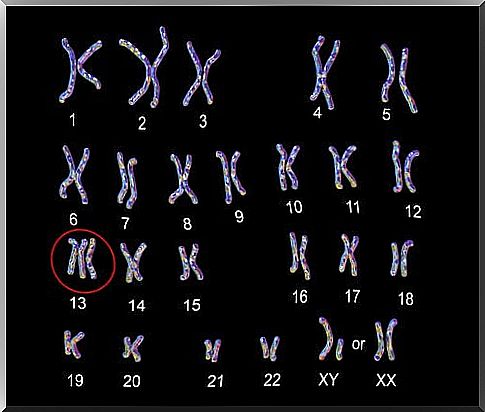
Can Patau’s syndrome be prevented?
Unfortunately, the answer is no. However, a chromosome study may detect the presence of trisomy in the early stages of pregnancy.
Parents who already have a child with the syndrome are advised to undergo genetic testing to reduce the risk of having a second child with the same condition.
How is it diagnosed?
After 15 weeks of pregnancy, a diagnosis can be made as to whether the baby has certain genetic malformations or not.
If the mother has not followed up the pregnancy, a specialist doctor can determine if the child has Patau’s syndrome after the child’s birth.
Test to diagnose trisomy 13
It is important for all pregnant women to follow up the pregnancy. This is especially important for those who have their first child after the age of 35.
To diagnose genetic malformations, pediatricians can use the following diagnostic methods:
- Obstetric ultrasound through the abdomen. This is a painless and non-invasive method that is often used on pregnant women.
- Chromosome map or karyotype. Fetal cells extracted from the placental tissue are used to perform this test. A biopsy is performed on the cells to determine if genetic diseases occur.
- Amniocentesis. This means that you take fluid from the uterine sac.
- Umbilical cord puncture. This test is a needle biopsy of the umbilical vein to take a blood sample from the fetus.
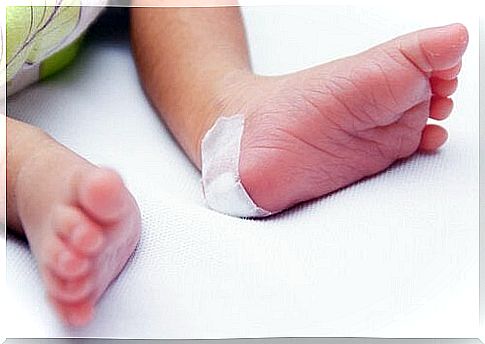
Treatment for children with Patau’s syndrome
When treating Patau’s syndrome, each child needs to be treated individually. The choice of treatment depends on the special condition and what physical deformities it is that must be dealt with. Heart problems are, in most cases, the cause of death among children with the syndrome.
At present, it is an ethical dilemma to decide whether to try to prolong the life of an infant with Patau’s syndrome, when life expectancy often does not exceed the first few weeks after birth.
In addition, many people wonder if it is worth exposing these children to major operations. In some cases , these interventions only prolong the pain of the parents and the anxiety of the child.
What is certain is that all children born with the condition need medical help from the moment they are born, to make it easier for them and to provide guidance to parents on how to provide palliative care.
Fortunately, Patau’s syndrome is very rare. However, parents who have gone through the painful task of caring for a child with this syndrome should not hesitate to seek professional help to get over the pain after their child’s death.
